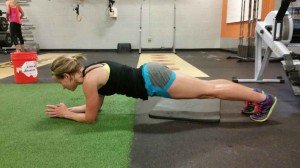

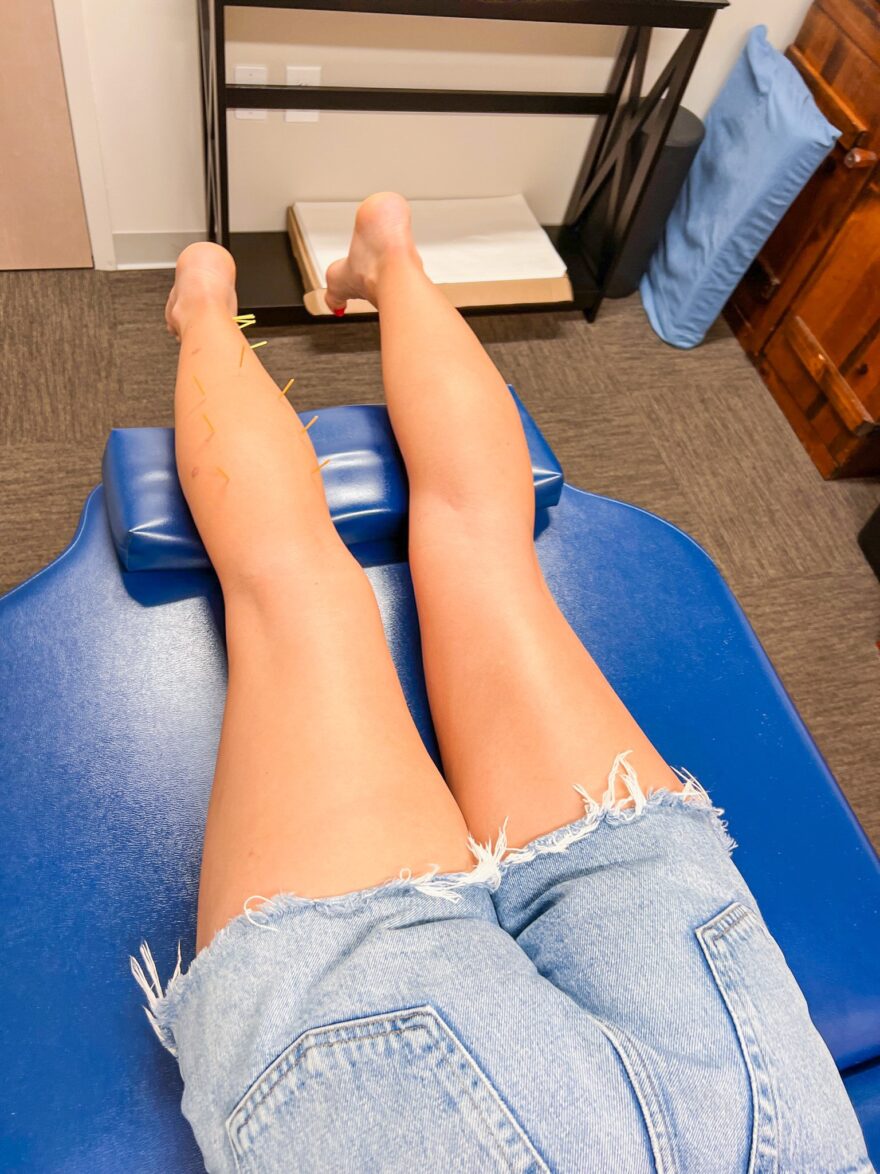
I’ve been getting dry needling off and on for about two years to help treat and prevent running injuries. I first heard of dry needling when Tommy and I started dating. He was having it because of some shoulder issues, resulting from a combo of golf and Crossfit. And then I finally considered it for myself when I was doing CrossFit and training for the Wrightsville Beach Marathon at the same time and ended up with a pretty severe hamstring strain. (I eventually quit Crossfit – read why here.)
My running friend Kate kept telling me to get dry needling but I was terrified since I have a history of passing out when getting my blood drawn. She promised me it wasn’t terrible and that it would help dramatically. She was right.
In addition to helping me deal with multiple injuries (plantar fasciitis, hamstring strain, quad strain, calf issues), I’ve also had it done to help with some issues that come from sitting at a desk all day. And I’ve been needled pretty much everywhere now:
I 100% believe I wouldn’t have been able to complete the Wrightsville Beach Marathon or the Boston Marathon without Cheryl’s help during both training cycles!
I asked my physical therapist, Cheryl Pfruender at Breakthrough PT, to answer some questions about dry needling more intelligently than I could. Over to Cheryl! If you have more questions, leave a comment and I’ll connect with her! (Side note: Cheryl and her husband, Justin, are both PTs and both dedicated runners. So they definitely get it when runners come to them with injuries!!)
(Note: there are pictures below of needles going into my skin so if you’re squeamish, you’ve been warned!!)
—
Dry needling is a technique performed by physical therapists to treat muscular pain. With dry needling, we use thin needles to go into trigger points in the muscle with the goal of releasing or inactivating the trigger points and decreasing pain.
This is best used in conjunction with other physical therapy treatments, such as soft-tissue mobilization and strengthening exercises in order to improve range of motion and flexibility, therefore improving functional tolerance.
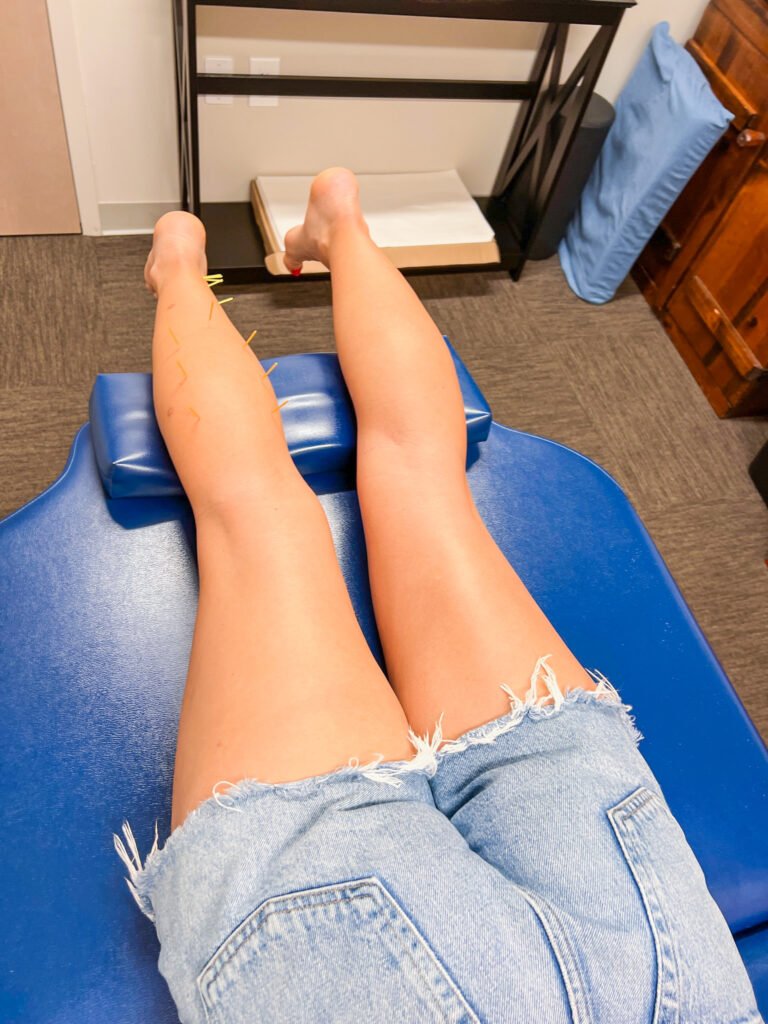
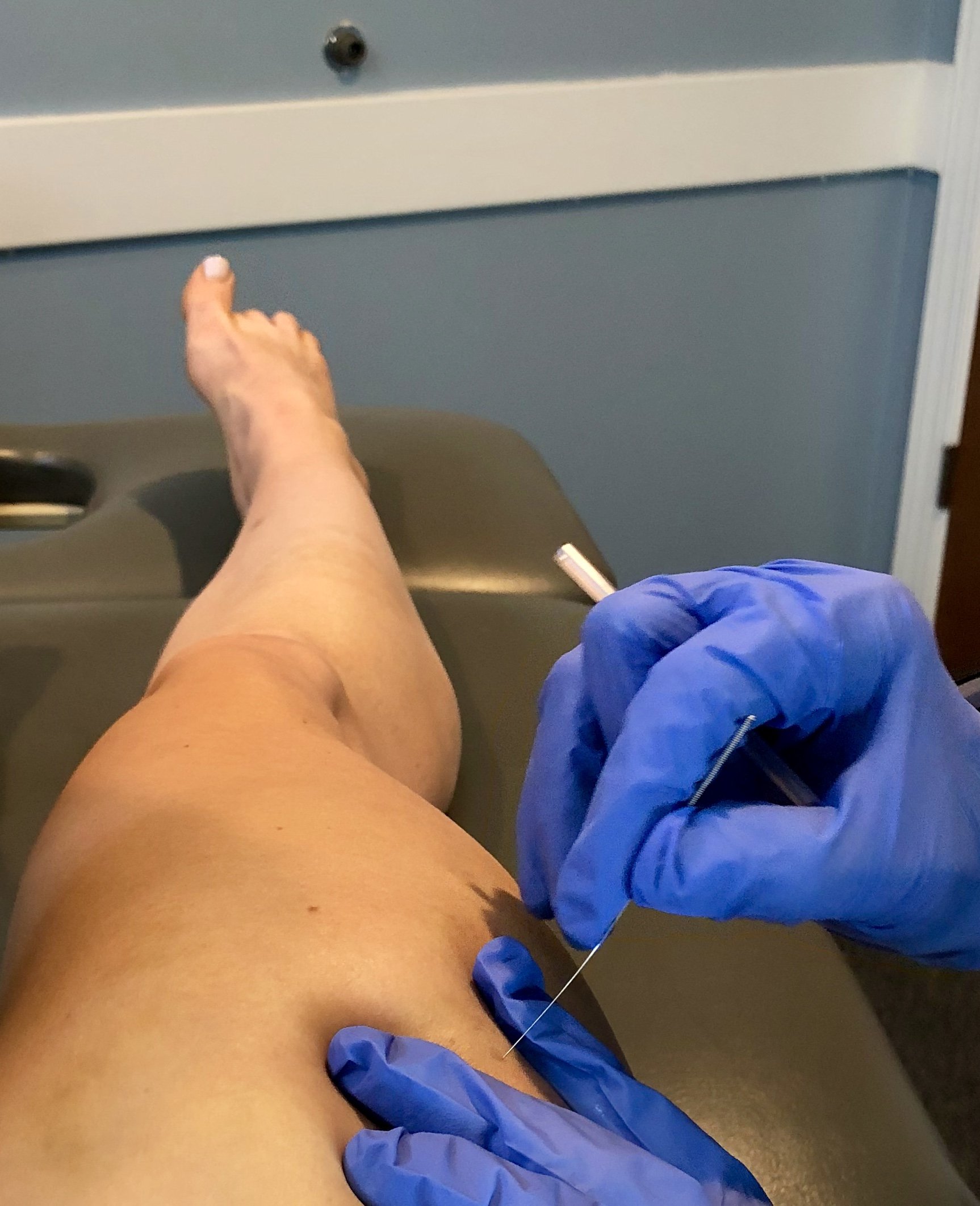
You can get needled if you have pain or tightness in a muscle that limits your ability to perform your chosen activity, like running, or if you have other pain such as headaches or low back pain.
I recommend needling to patients if I can feel trigger points or restrictions in a muscle. These tight areas can create localized pain, or referred pain, such when as a trigger point in your neck causes a headache.
The actual needle doesn’t typically hurt, because it is so small. The twitch response feels like a cramp, but it’s very quick and you can tell that the muscle is releasing.
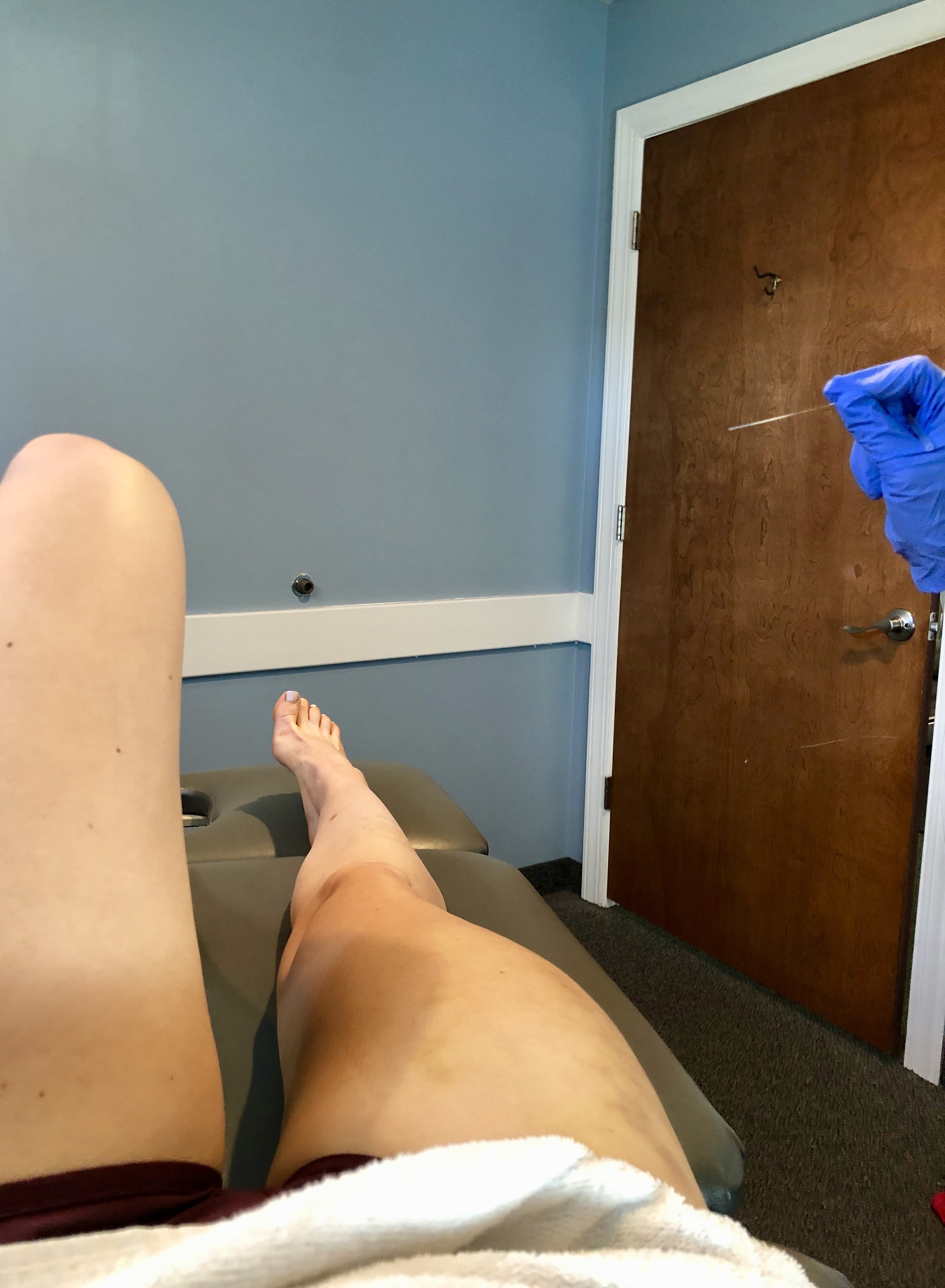
It depends on several factors, including how long you’ve had the pain, the location of the pain, and muscle weakness. Patients benefit the most when they are treated 2-3 times per week.


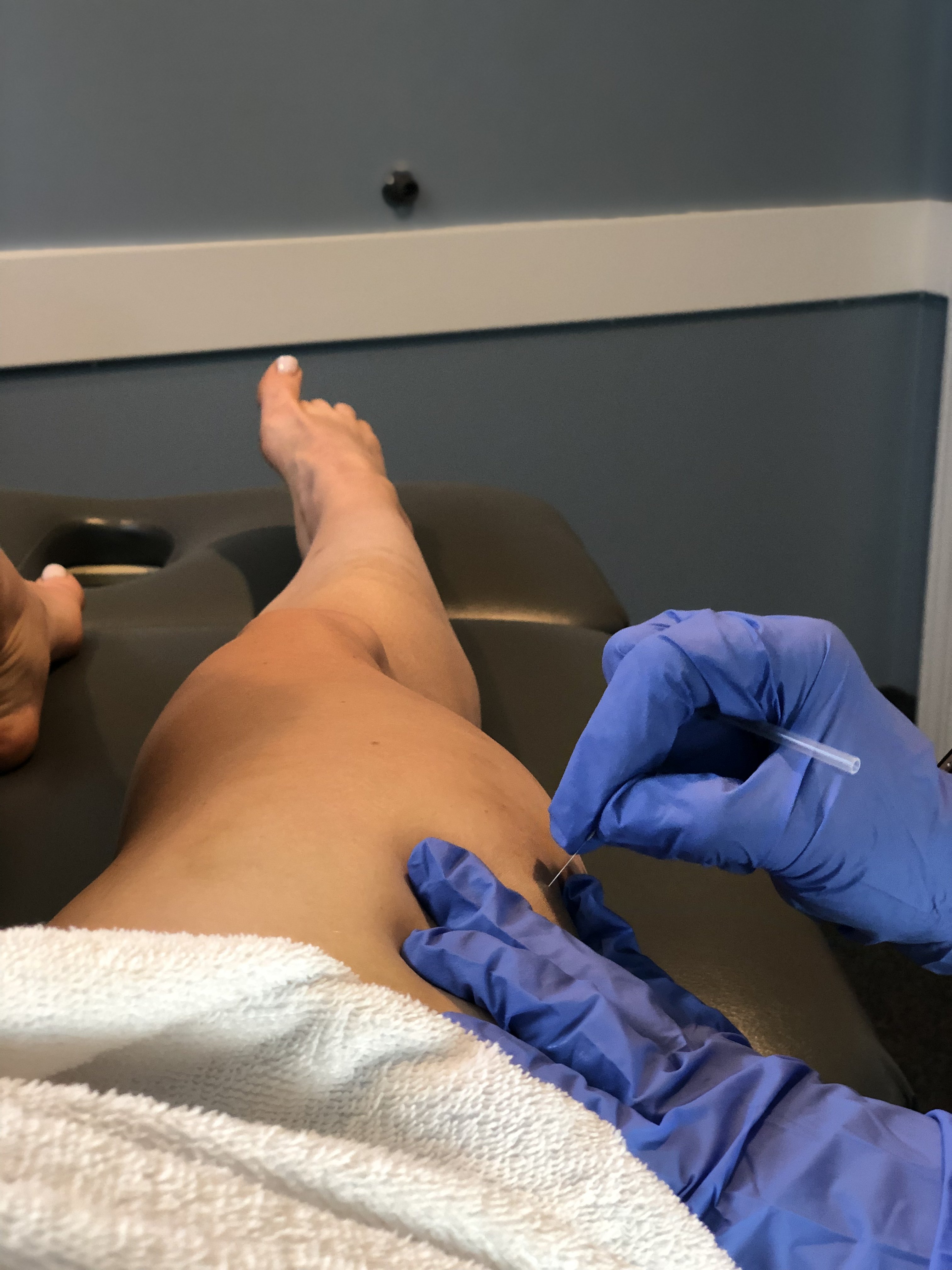
[Teri chiming here: I now go once a week or once every two weeks…or sometimes less often. If I’m really good about dealing with issues quickly, I don’t have to go that often. But in the beginning, I went 3x a week since I’d let some injuries linger for so long!]
We can needle many body parts, including the back, neck, hips, calves, feet, shoulders, etc.
Frequent running injuries that I dry needle are piriformis tightness, IT band syndrome, strained calves, Achilles tendonitis and plantar fasciitis. [Teri here: Yep, check check check. She’s helped me with all of these!]
Stretching and strengthening exercises are very important after getting dry needling. This allows you to strengthen your newly flexible muscle in its new range of motion, improving your ability to run without restrictions.
Depending on the body part, you can sometimes run the same day. If your calves are getting needled, you may need to wait until the next day in order to let the tightness resolve a little more.
The calves tend to feel tight and like a cramp for a few hours after getting needled, but then loosen up significantly. [Teri chiming in here again: I can personally vouch for this with calves!!!]
Dry needling and acupuncture are two very different treatment types, with the only similarity being the use of a thin needle. Dry needling specifically focuses on muscular issues, including trigger points in the muscles and is based on western medicine. Acupuncture is based on eastern medicine and is used to treat a variety of ailments.
The bruises weren’t from the needling, but were from soft-tissue mobilizations that I use following dry needling. I use ASTYM, which is a form of instrumental soft-tissue mobilization that I use following the needling to break up fibrosis in the muscles. This type of treatment helps to get rid of scar tissue, and helps the body to lay down healthy muscle fibers.
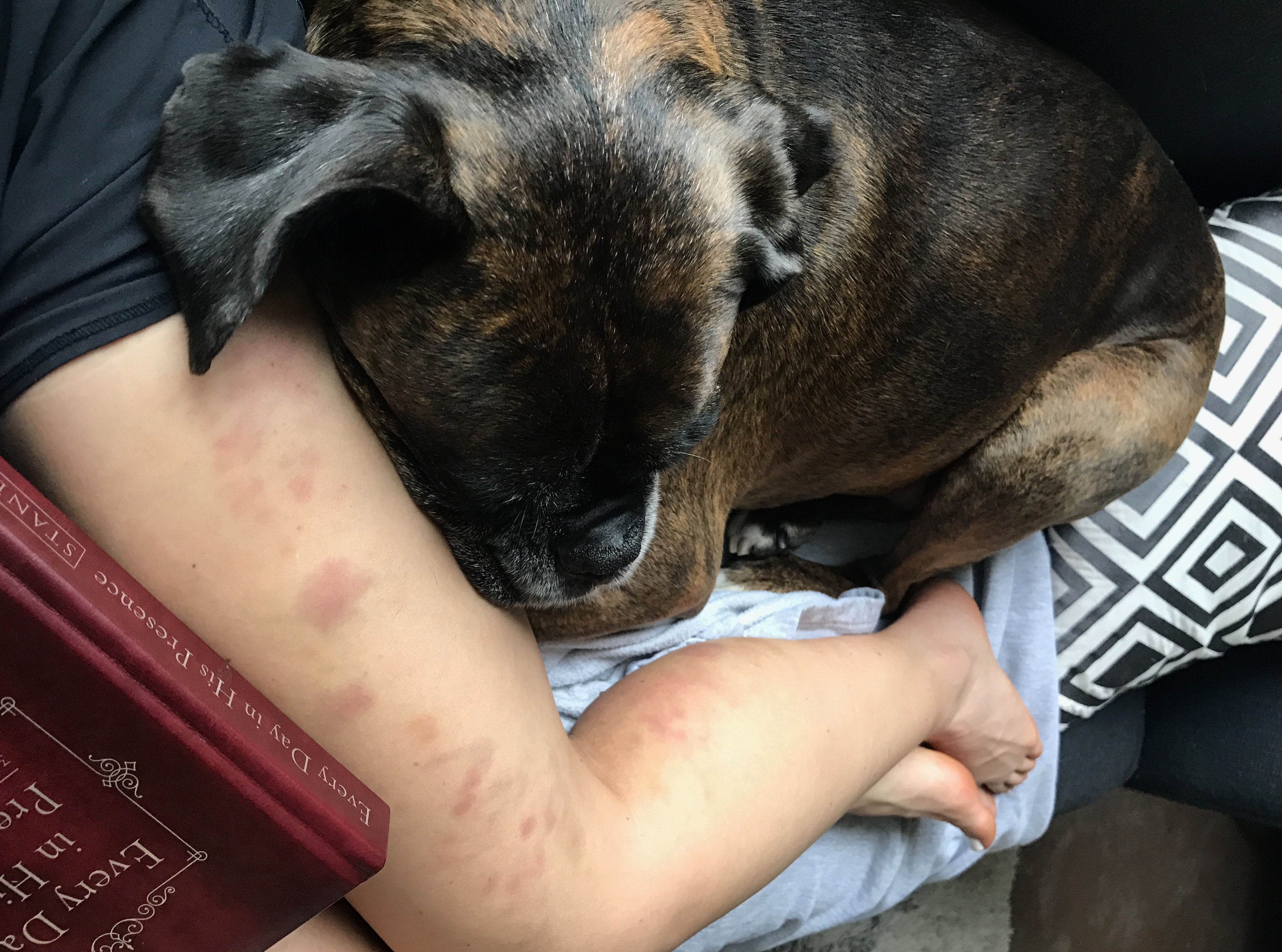
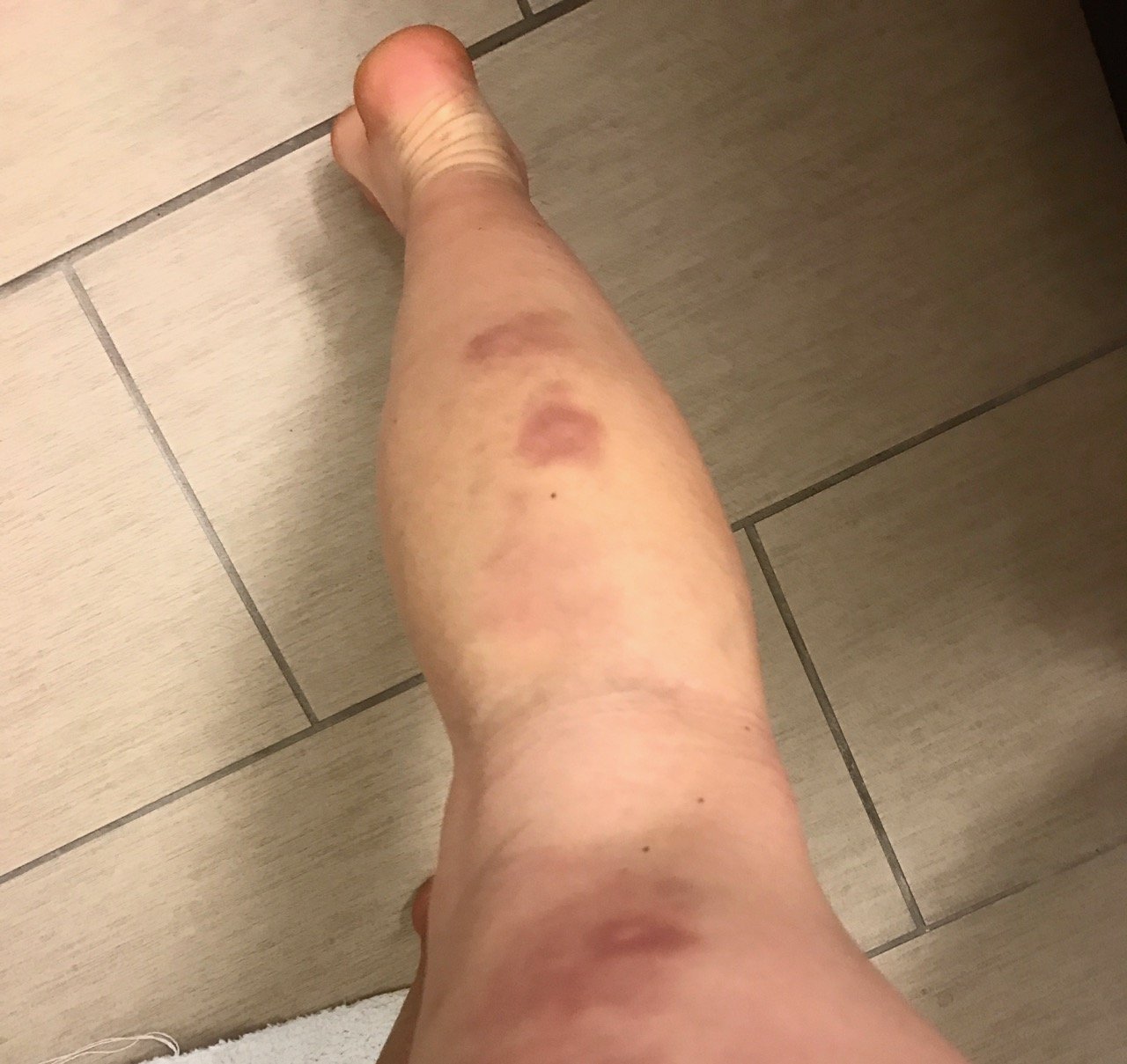
You have to be certified to use ASTYM, so it’s important to find a provider that has been through this training. It’s also important to do exercises after this treatment, as it increases the ability to your body to build flexibility and strength, helping return to running and decreasing risk of re-injury.
I’m from Kannapolis, NC, and moved to Winston-Salem permanently in 2009. I started running in 2006, after dating Justin for a few months. [Side note: Justin is a CRAZY fast runner. His marathon PR is around 2:30 I think.] I watched a few of his races and became addicted.
Prior to running, I played basketball, softball, and tennis competitively, so really liked the challenge of running. I graduated from the University of St. Augustine in Florida with a Doctor of Physical Therapy degree in 2005. I got certified in dry needling in 2013 and have been needling ever since.
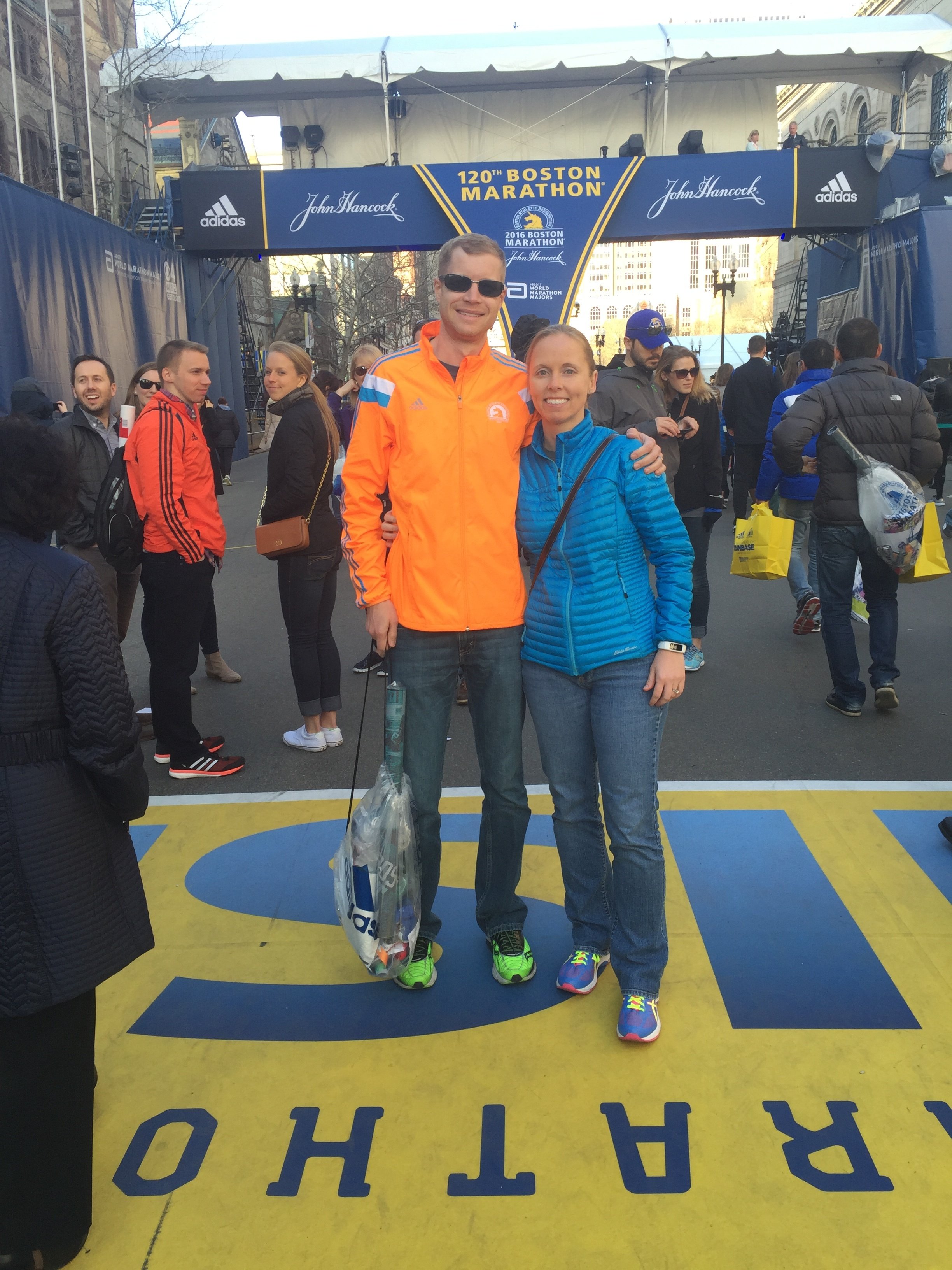
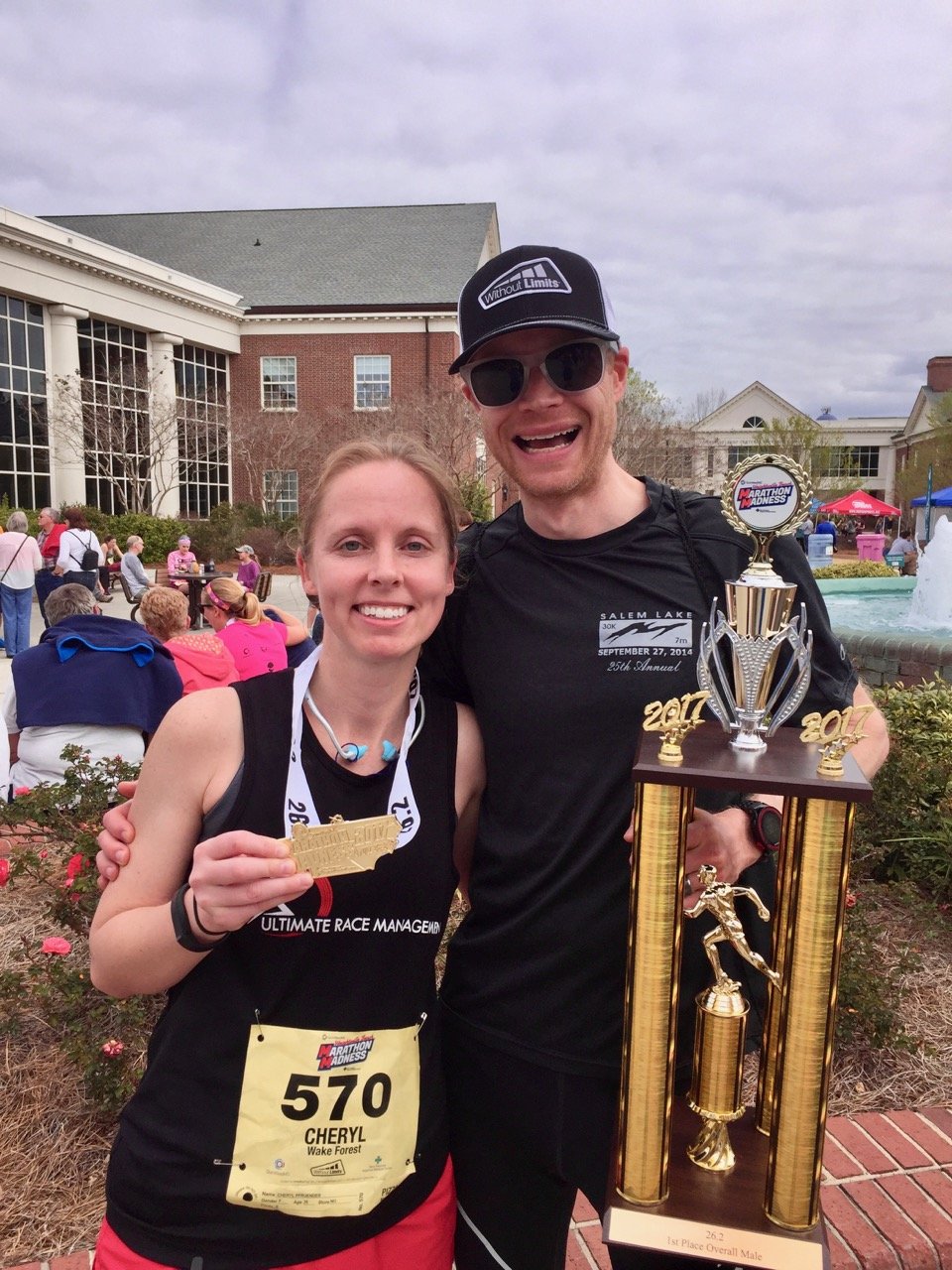
—
I hope you found this helpful! Even after getting needled for 2+ years, I learned a lot from asking Cheryl these question! It’s so fascinating! I’d love to hear from you if you’ve had it done or considered it! Leave a comment below!
(Big thanks again to Cheryl for all this super helpful info!!)


Leave a Comment
2 responses to “Dry Needling: what it is & how it’s helped my running injuries”
GEt well soon!!!!
Hi Teri, I also did some dry needling while training for my last half marathon and it was amazingly effective. My PT recommended it, because I kept getting knots that even he couldn’t get out. And the dry needling did the trick! I still hate needles…but I’d never hesitate to get dry needling done again if needed.